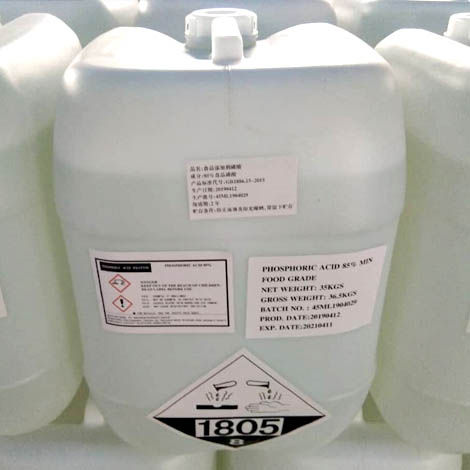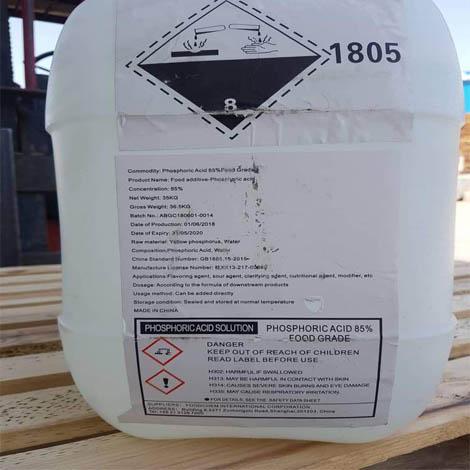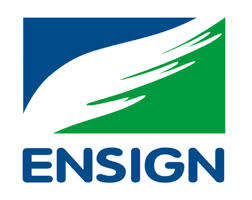Antifouling systems
The immersed hull and fittings of a ship at sea, particularly in coastal waters, are subject to algae, barnacle, mussel, and other shellfish growth that can impair its hydrodynamic performance and adversely affect the service of the immersed fittings.
Fittings such as cooling water intake systems are often protected by impressed current antifouling systems, and immersed hulls today are finished with very effective self-polishing antifouling paints.
Impressed current antifouling systems
The functional principle of these systems is the establishment of an artificially triggered voltage difference between copper anodes and the integrated steel plate cathodes. This causes a minor electrical current to flow from the copper anodes, so that they are dissolved to a certain degree. A control unit makes sure that the anodes add the required minimum amount of copper particles to the sea water, thus ensuring the formation of copper oxide that creates ambient conditions precluding local fouling. A control unit can be connected to the management system of the vessel. Using information from the management system, the impressed current antifouling system can determine the amount of copper that needs to be dissolved to give optimum performance with minimum wastage of the anodes.
Antifouling paints
Antifouling paints consist of a vehicle with pigments that give body and color together with materials toxic to marine vegetable and animal growth. Copper is the best known toxin used in traditional antifouling paints.
To prolong the useful life of the paint the toxic compounds must dissolve slowly in sea water. Once the release rate falls below a level necessary to prevent settlement of marine organisms, the antifouling composition is no longer effective. On merchant ships the effective period for traditional compositions was about 12 months. Demands in particular from large tanker owners wishing to reduce very high docking costs led to specially developed antifouling compositions with an effective life up to 24 months in the early 1970s. Subsequent developments of constant emission organic toxin antifoulings having a leaching rate independent of exposure time saw the paint technologists by chance discover coatings that also tended to become smoother in service. These so-called self-polishing antifoulings, with a lifetime that is proportional to applied thickness and therefore theoretically unlimited, smooth rather than roughen with time and result in reduced friction drag. Though more expensive than their traditional counterparts, given the claim that each 10-micron (10−3 mm) increase in hull roughness can result in a 1% increase in fuel consumption, their self-polishing characteristic as well as their longer effective life, up to 5 years’ protection between dry dockings, made them attractive to the shipowner.
The benefits of the first widely used self-polishing copolymer (SPC) antifouling paints could be traced to the properties of their prime ingredients, the tributyltin compounds or TBTs. TBTs were extremely active against a wide range of fouling organisms and they were able to be chemically bonded to the acrylic backbone of the paint system. When immersed in sea water a specific chemical reaction took place that cleaved the TBT from the paint backbone, resulting in both controlled release of the TBT and controlled disappearance or polishing of the paint film. Unfortunately, it was found that the small concentrations of TBTs released, particularly in enclosed coastal waters, had a harmful effect on certain marine organisms. This led to the banning of TBT antifouling paints for pleasure boats and smaller commercial ships in many developed countries and the introduction of regulations limiting the release rate of TBT for antifouling paints on larger ships. The International Convention on the Control of Harmful Antifouling on Ships, 2001 subsequently required that:
- 1.
-
Ships shall not apply or reapply organotin compounds that act as biocides in antifouling systems on or after 1 January 2003; and
- 2.
-
No ship shall have organotin compounds that act as biocides in antifouling systems (except floating platforms, FSUs, and FPSOs built before 2003 and not docked since before 2003).
The final phase-out of TBT paints was in 2008. In theory, ships could retain the paint if it was sealed under another coating but in practice TBTs are no longer at sea.
(Note: Organotin means an organic compound with one or more tin atoms in its molecules used as a pesticide, hitherto considered to decompose safely, now found to be toxic in the food chain. A biocide is a chemical capable of killing living organisms.)
Antifouling paints subsequently applied have generally focused on either the use of copper-based self-polishing antifouling products, which operate in a similar manner to the banned TBT products, or the use of the so-called low-surface-energy coatings. The latter coatings do not polish or contain booster biocides, instead they offer a very smooth, low-surface-energy surface to which it is difficult for fouling to adhere. When the vessel is at rest some fouling may occur but once it is underway and reaches a critical speed the fouling is released.
























Reviews
There are no reviews yet.